Huerfano County celebrates early families, regional history

LA VETA, Colo. — Relatives with deep familial connections stood side by side those meeting each other for the first time as hundreds gathered in La Veta and Walsenburg this weekend to celebrate Huerfano County’s unique regional history.
Puentes: Bridges from the Past to the Future was organized by early settlers’ descendants, residents and lovers of local culture. A Colorado map with pins marking where attendees had traveled from showed visitors from up and down the I-25 corridor whose families once lived here.
“The hope I had was to connect family members, and have primos meet primos,” said Sylvia Brandl, whose decade-plus work collecting archival photographs of early settlers was a driver for the event. Looking over images of their ancestors on display, “so many people were like, ‘Oh, you're related to me!’ That made all the hours worth it,” Brandl said. “That was really the goal.”
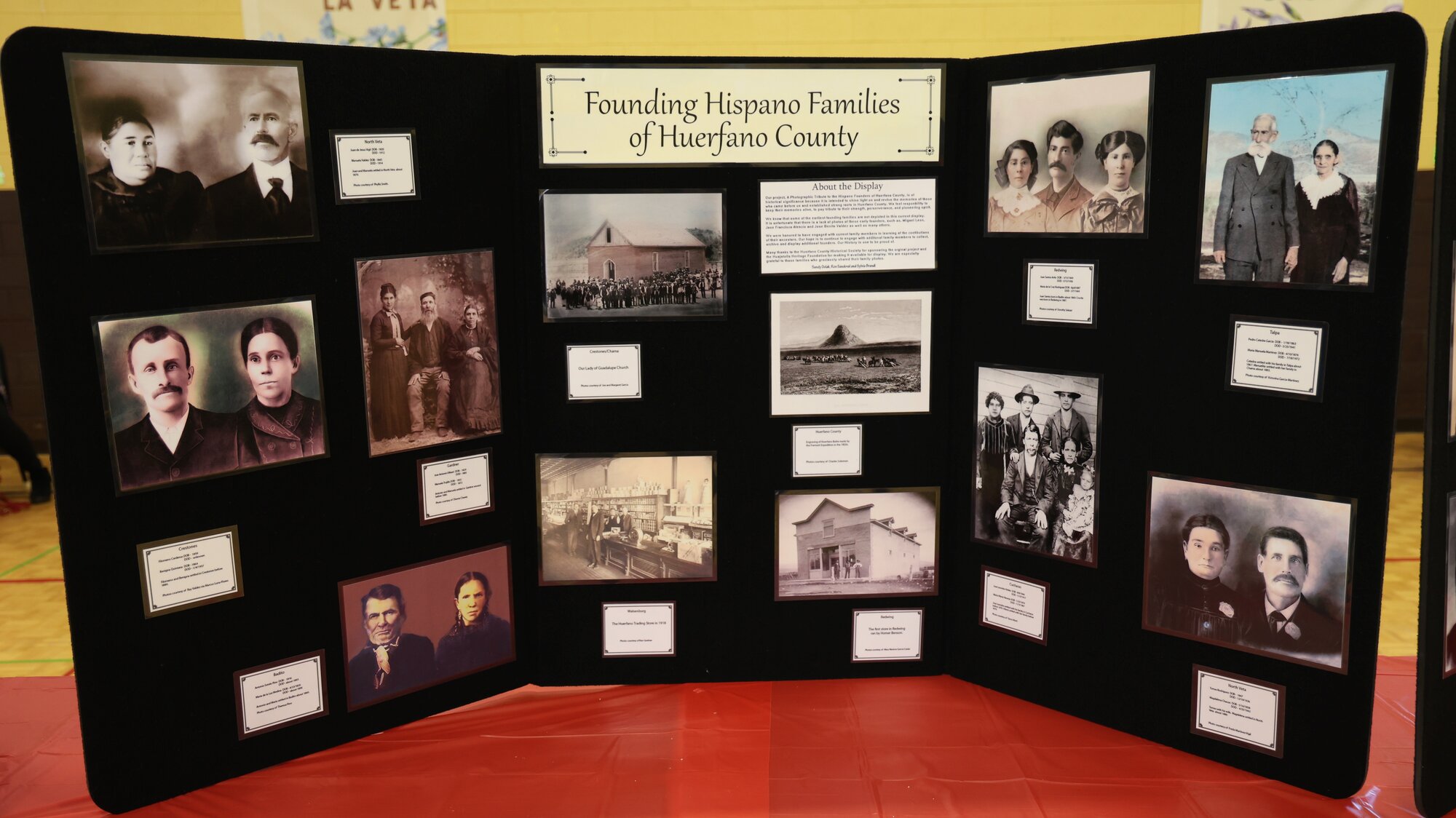
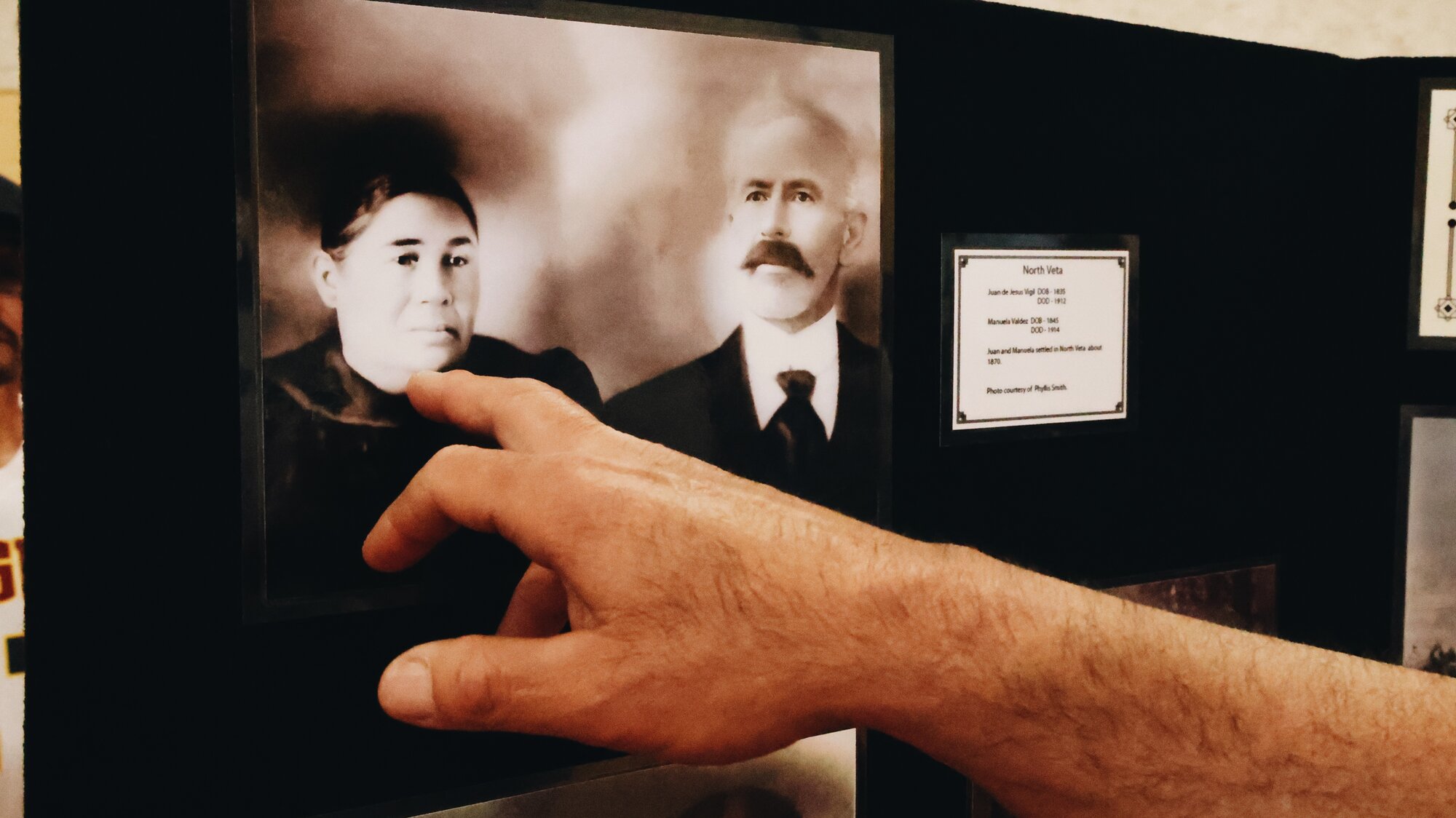
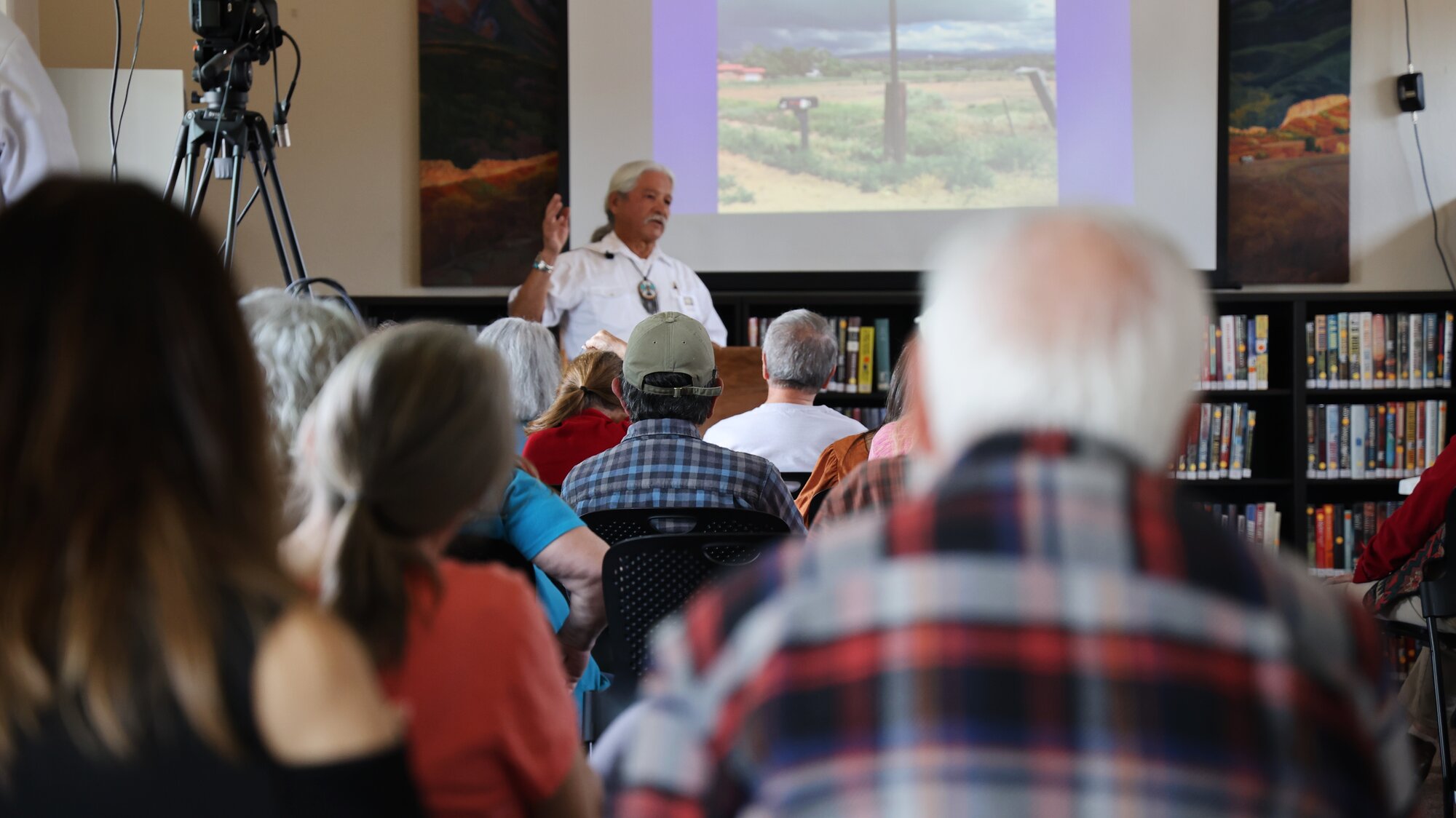
This weekend marked the debut of the Early Founding Hispano Families of Huerfano County Project, an ongoing effort to document regional families and history through stories and archival photographs.
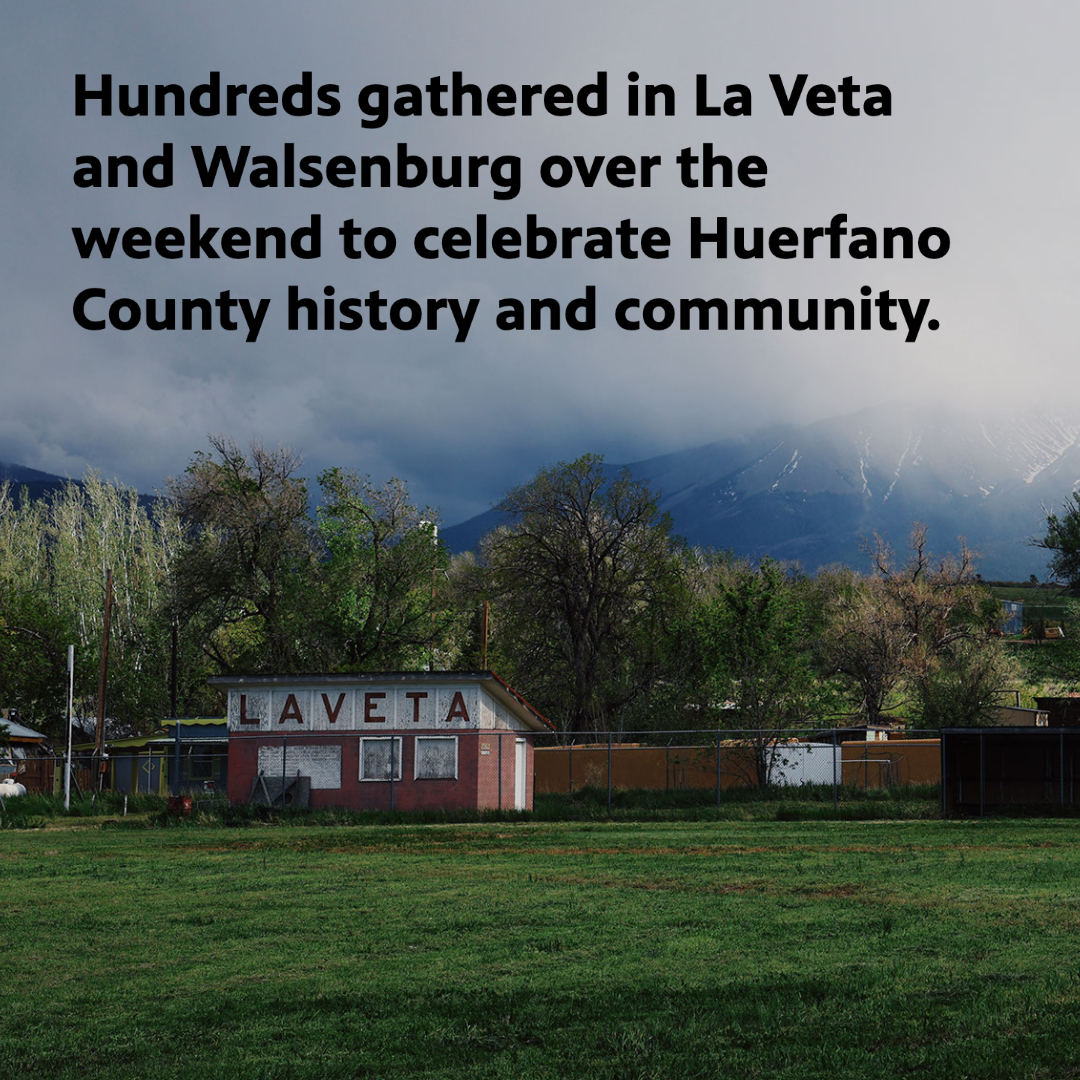
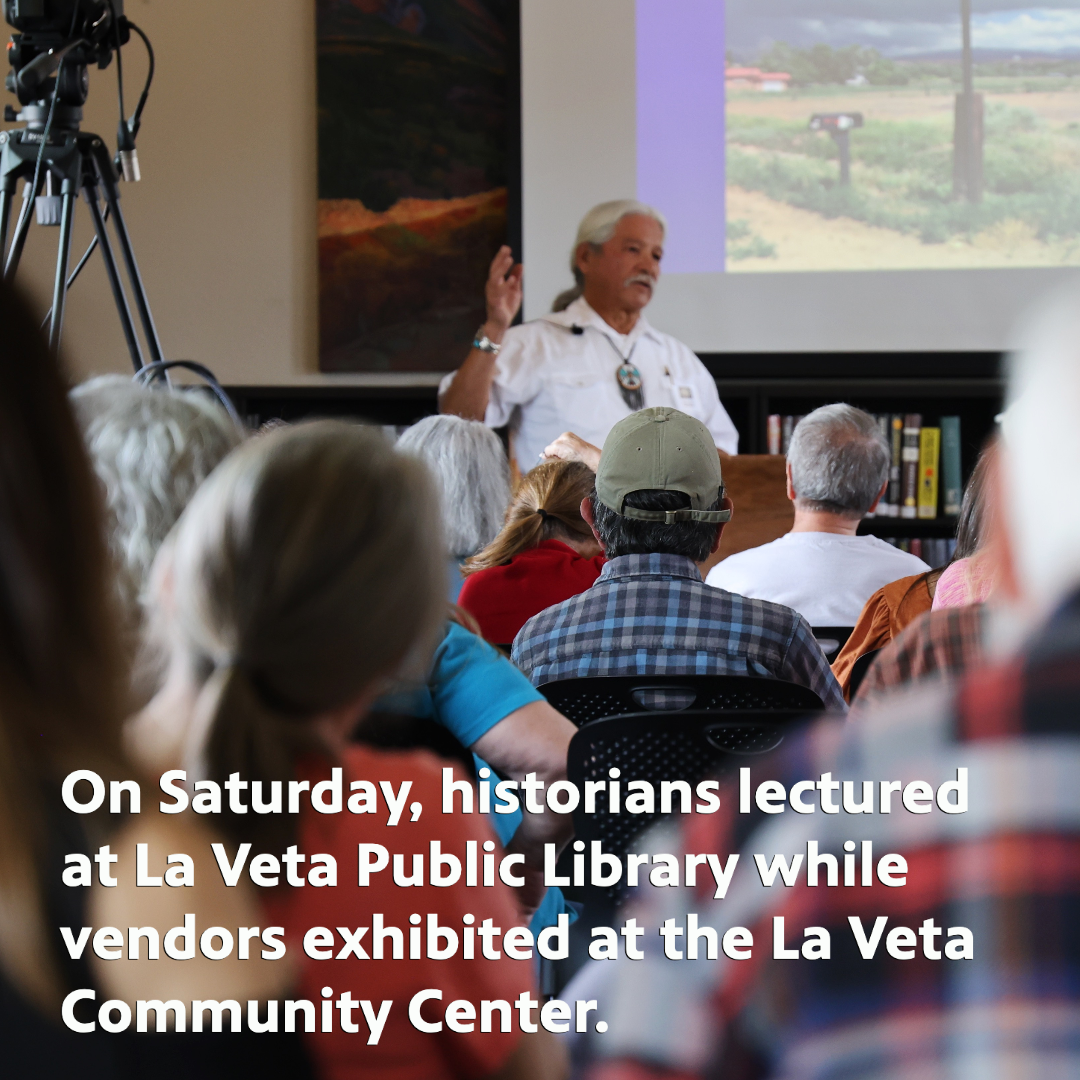
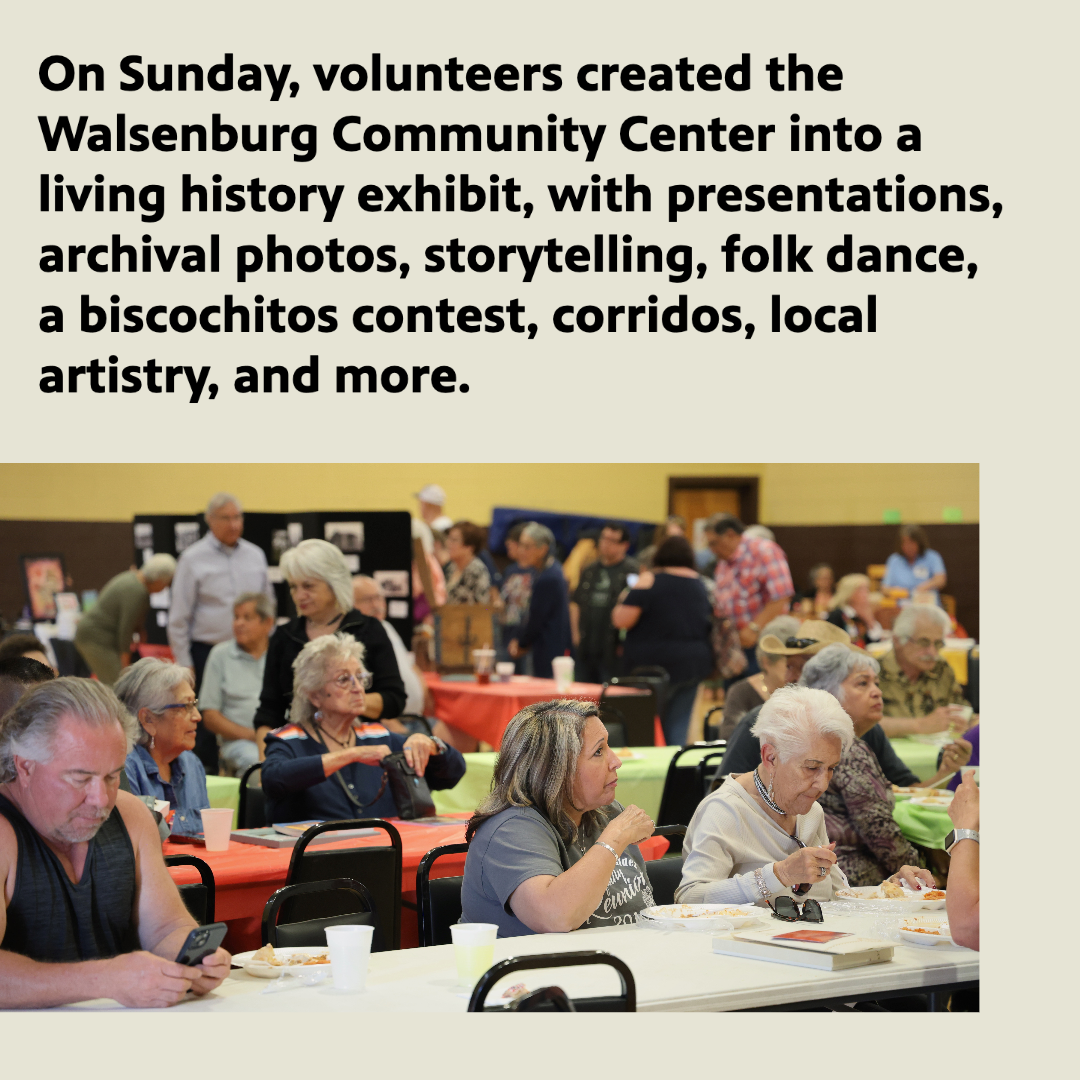
On Saturday, historians including those of Native American and early Spanish and Mexican descent lectured at La Veta Public Library while vendors exhibited at the La Veta Community Center. A pictorial archive of 25 founding Hispano families of Huerfano County was debuted, presented by Brandl and Ron Sandoval, two Colorado residents with deep roots in Huerfano County.
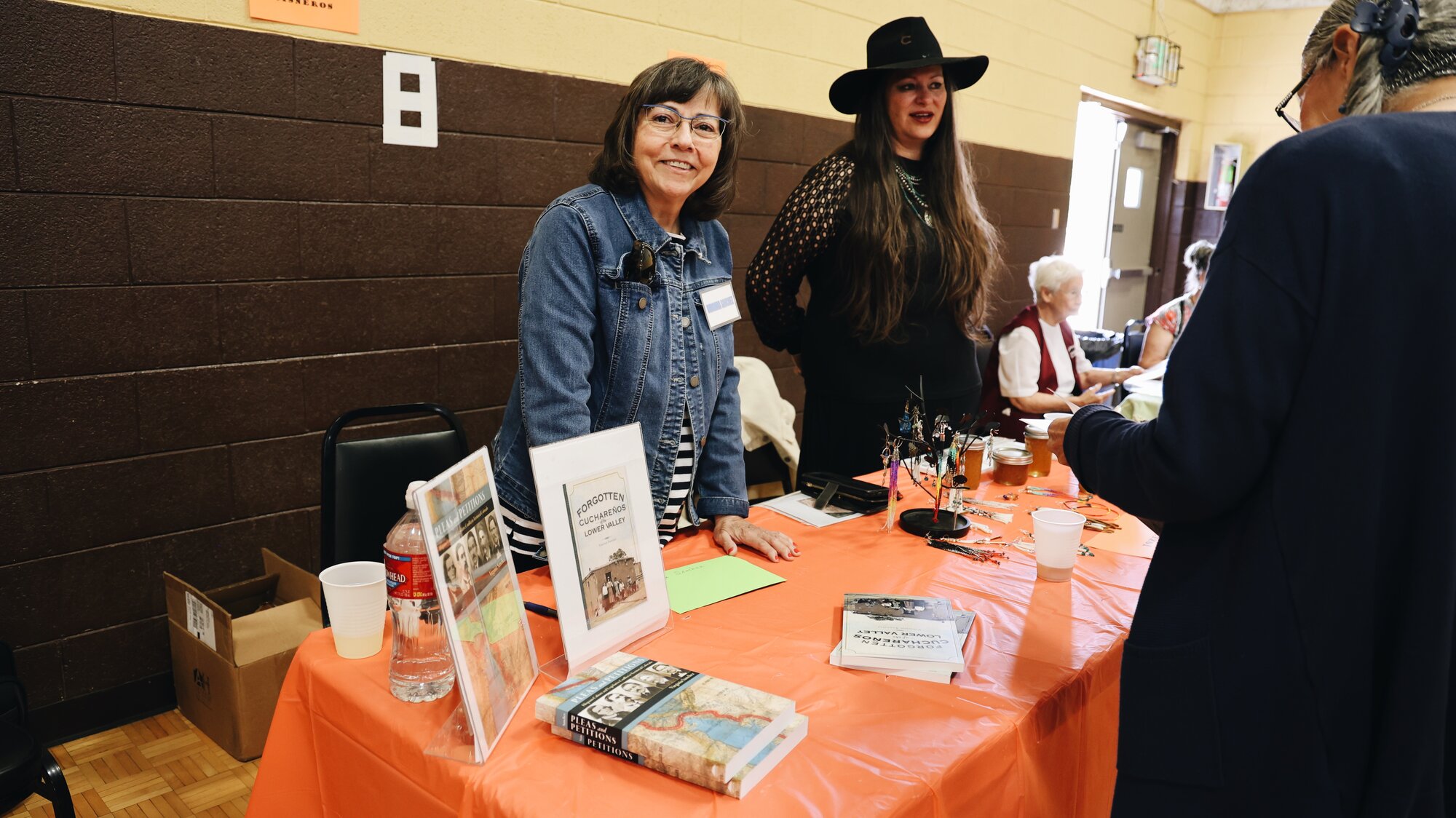
Virginia Sanchez, historian and author of Forgotten Cuchareños of the Lower Valley and Pleas and Petitions, presented her National Archives and other research on early residents of the area, and answered questions from the audience.
[Related: Southern Colorado's historic call for representation]
Resident and historian Norberto Valdez, a retired ethnic studies professor at Colorado State University in Fort Collins, spoke about a deep and spiritual restorative effect of the land and its people. Using his own family lineage as an example, Valdez related an interwoven history of first peoples and concurrent waves of Mexican, Spanish and other European settlers.
On Sunday, volunteers turned the Walsenburg Community Center into a living history exhibit, with presentations, archival photos, storytelling, Fandango dancers, a biscochitos contest and corridos by Michael Rael.
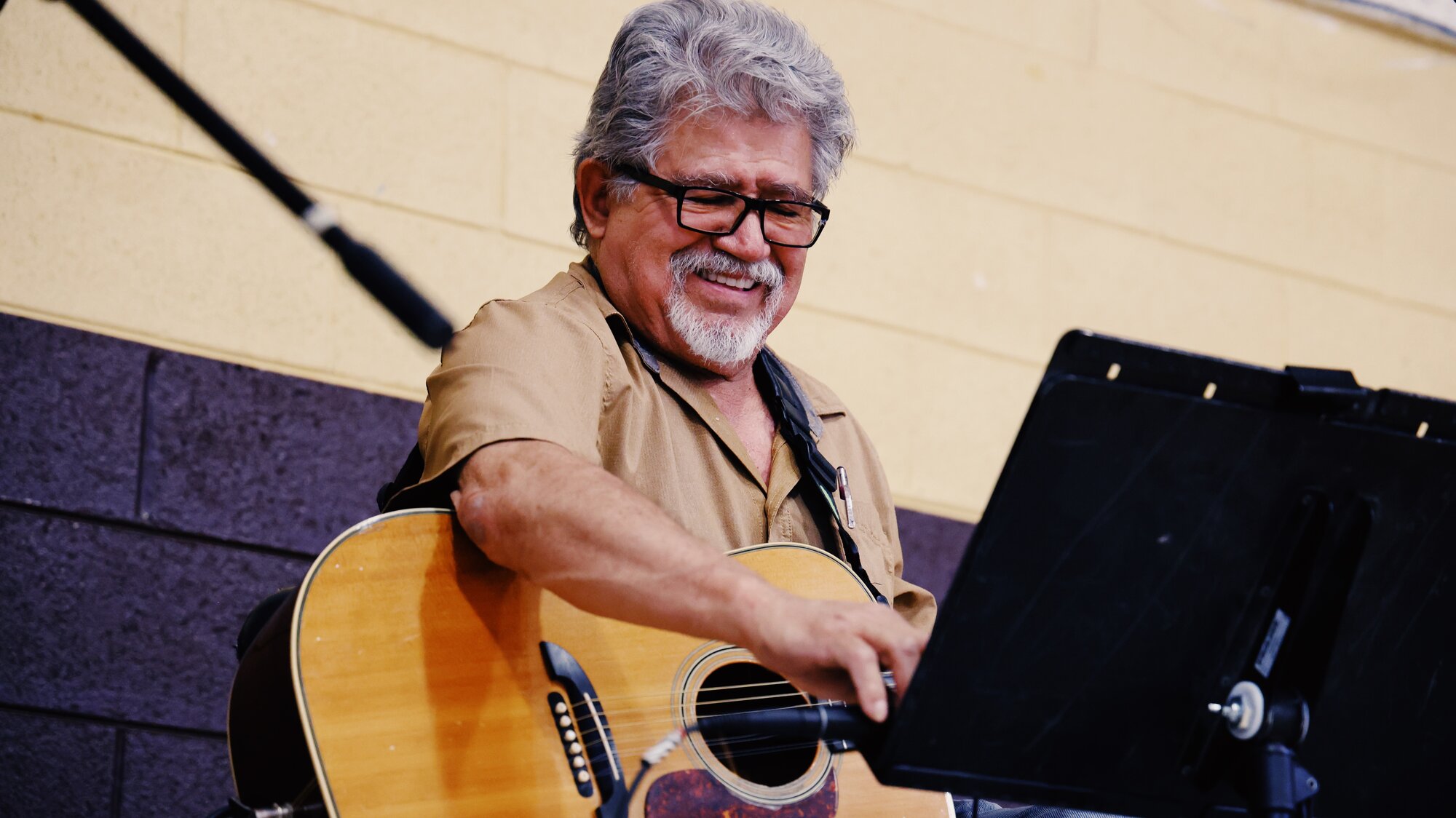
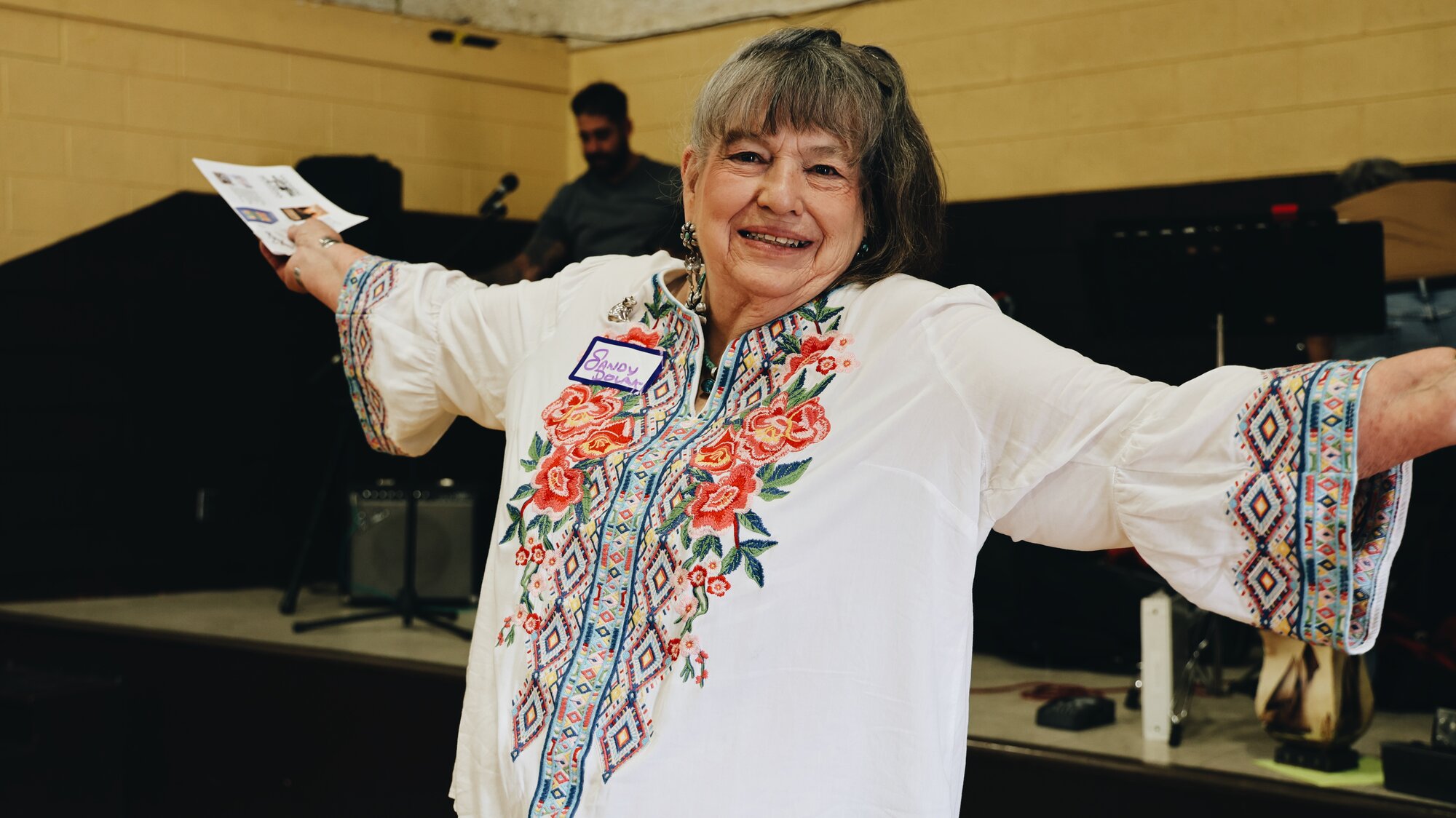
Regional vendors shared osha honey and jewelry, weaving and bead work, wood carvings, paintings, written works, baked goods, photography, and more. A community meal was was prepared by Yvette Vialpando.
Molina Speaks introduced performers and special guests, while Huajatolla Heritage Foundation founder and organizer Sandy Dolak thanked supporters throughout the day. “It was so wonderful to be able to gather together,” Dolak acknowledged.
Dolak began the organization several years before officially becoming a nonprofit in 2018. For her, it’s all about honoring the residents of La Veta, the place she has come to call home. Dolak grew up in Pueblo and lived throughout Colorado before moving here. “It's because I love the stories,” she said. About a year ago, she hosted a pop-up photo exhibit at La Veta’s San Francisco Fort Museum.
“Ron [Sandoval] brought me a photo of his great grandparents. We got to talking about old photos and our love of Huerfano County. He goes back generations and generations,” Dolak said. “And we thought, You know, we really need to have a better archival collection, and a better handle on this collection.”
Sandoval brought Brandl in to the project, and with the support of the Huerfano County Historical Society, Pictorial Archive of 25 Founding Families of Huerfano County was born.

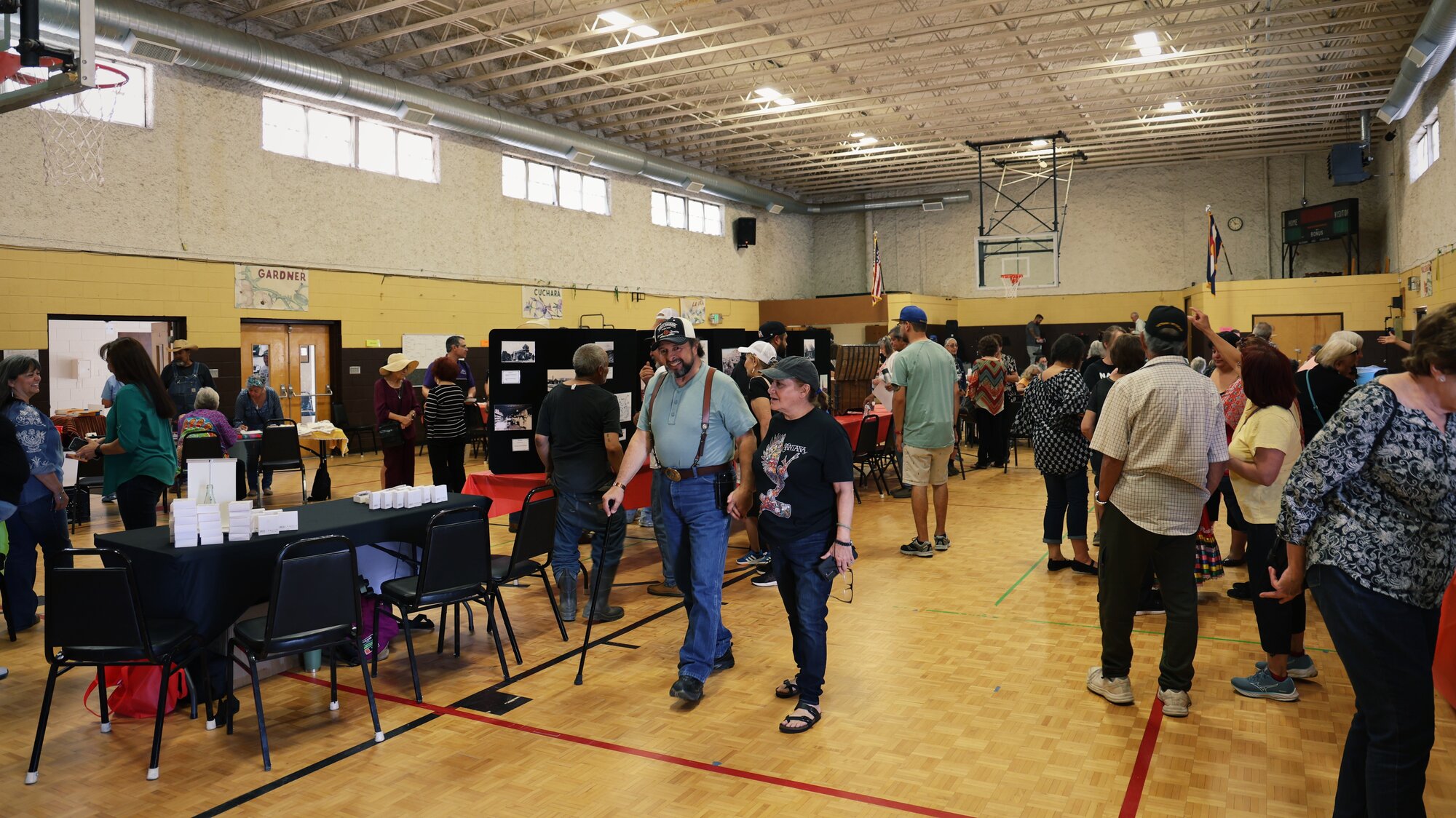
With roots in Cucharas, Gardner and Chama, Brandl said she has been collecting historic photos of Huerfano County and early settlers for over 13 years. “Old photos are something I've always loved since I was young,” she said.
Like so many from the area, her ancestors came from northern New Mexico and settled here in the mid-1800s. Her family still tends to the original homestead nearby on the east side of Highway 10.
“The inspiration for me really is to bring these ancestors forward so they're not forgotten,” Brandl said. “I think that the stories are great, and the documents are great, and then the photos really bring it all alive for people.”
Watching guests point out shared relatives in photographs, make long lost and new connections, and meet each other for the first time was a dream come true for Brandl. “For me, it made all the work, and all the hours worth it,” she said.
She hopes the display urges others to bring their photos forward to add to the collection. “We did this to inspire people to recall and bring forward more photos so that we can make sure to keep history relevant,” Brandl said.
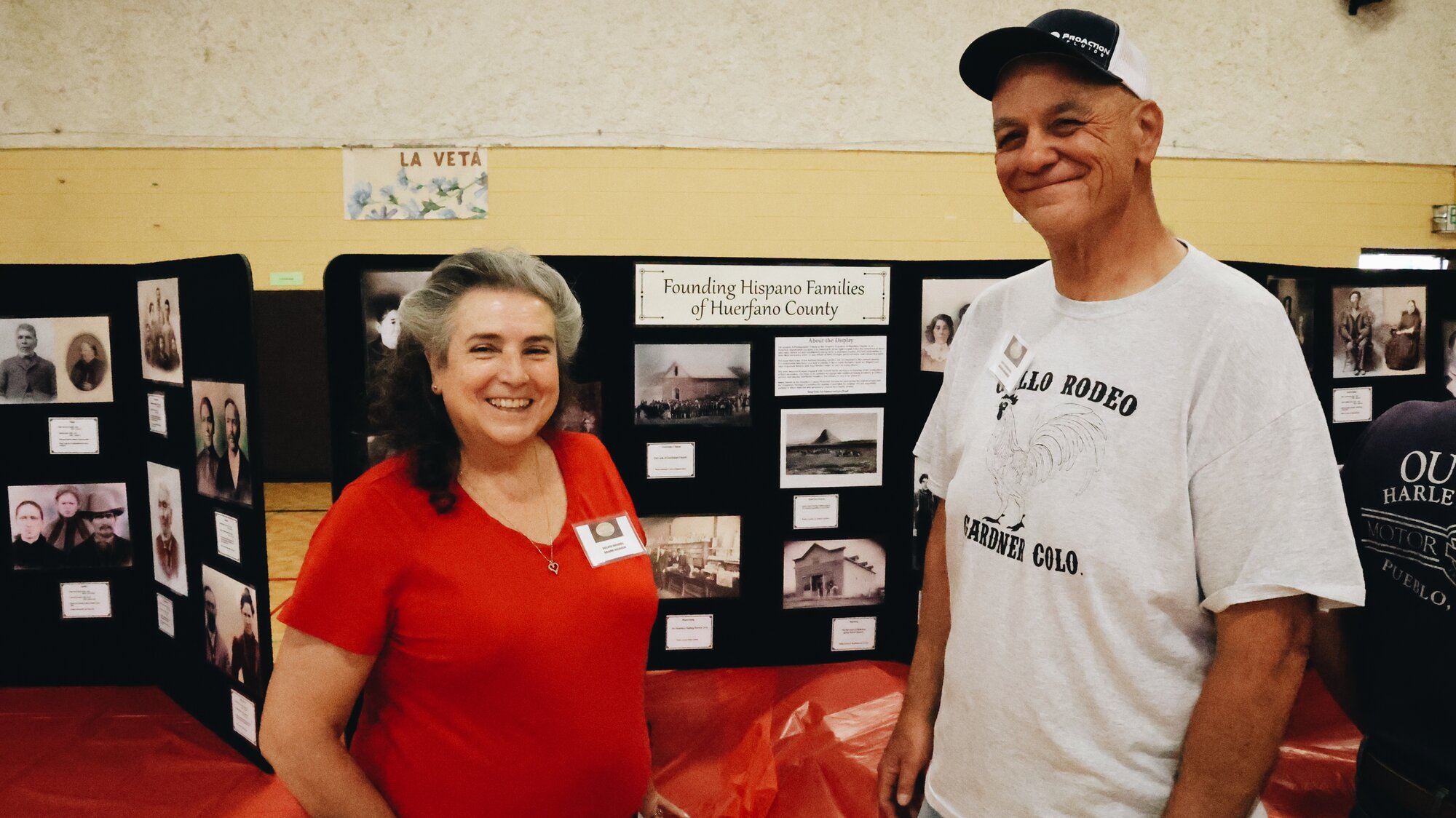
La Plaza de los Leones, now called Walsenburg, and the surrounding area were home to many Ute, Apache, Cheyenne, Kiowa and other Native American peoples, then to sheep herders, farmers, and ranchers who migrated north seeking land and water as the nation changed hands. Railroad, coal mining and agriculture became prominent industries.
Brandl said she hopes to honor these collective ancestors, and urges others to come forward with “treasured stories and family photographs, to keep our heritage alive in the community’s memory.” She said she had spent the previous day on the porch of the original Lucero homestead in Cuchares preparing for the weekend’s events.
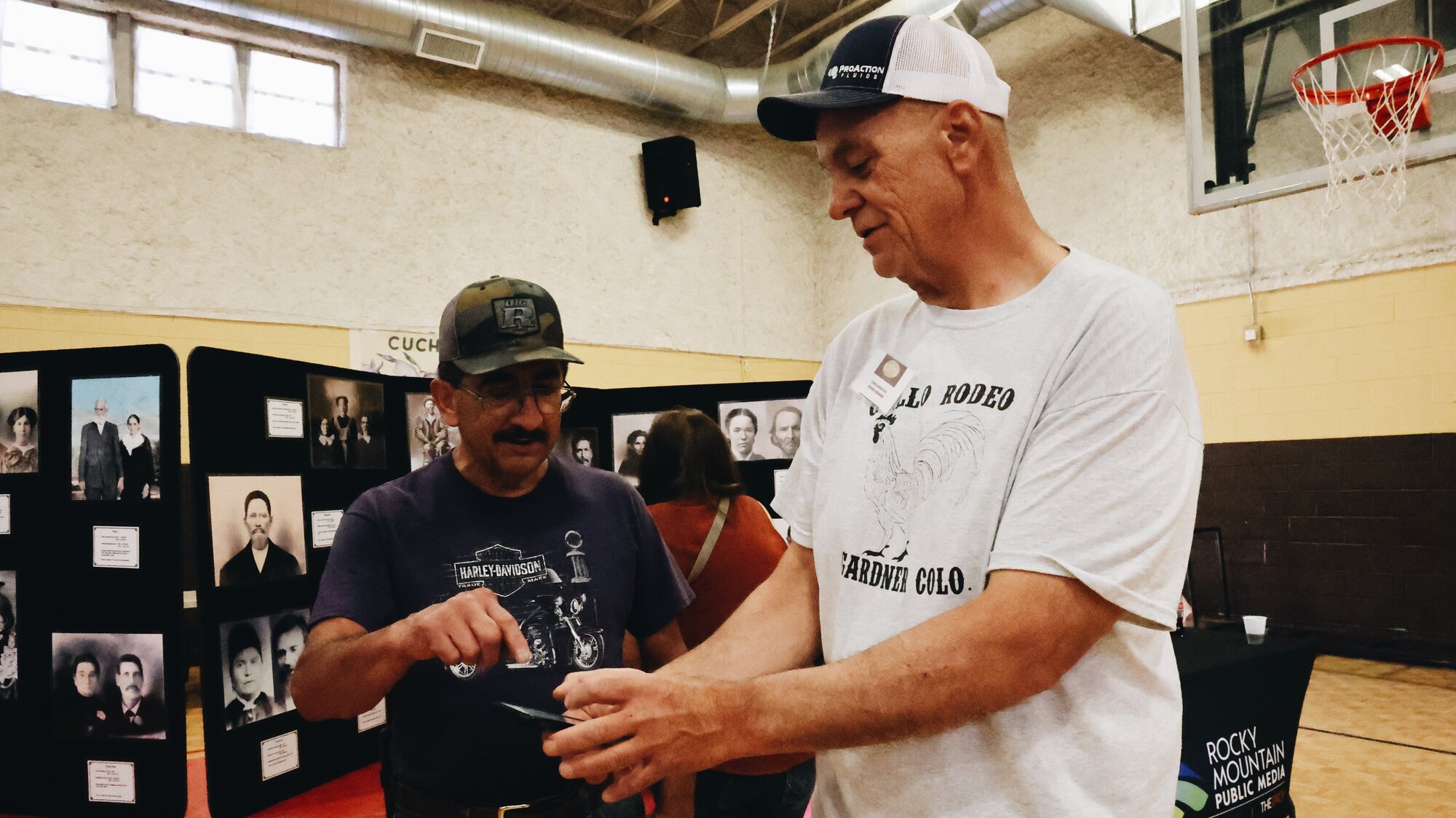
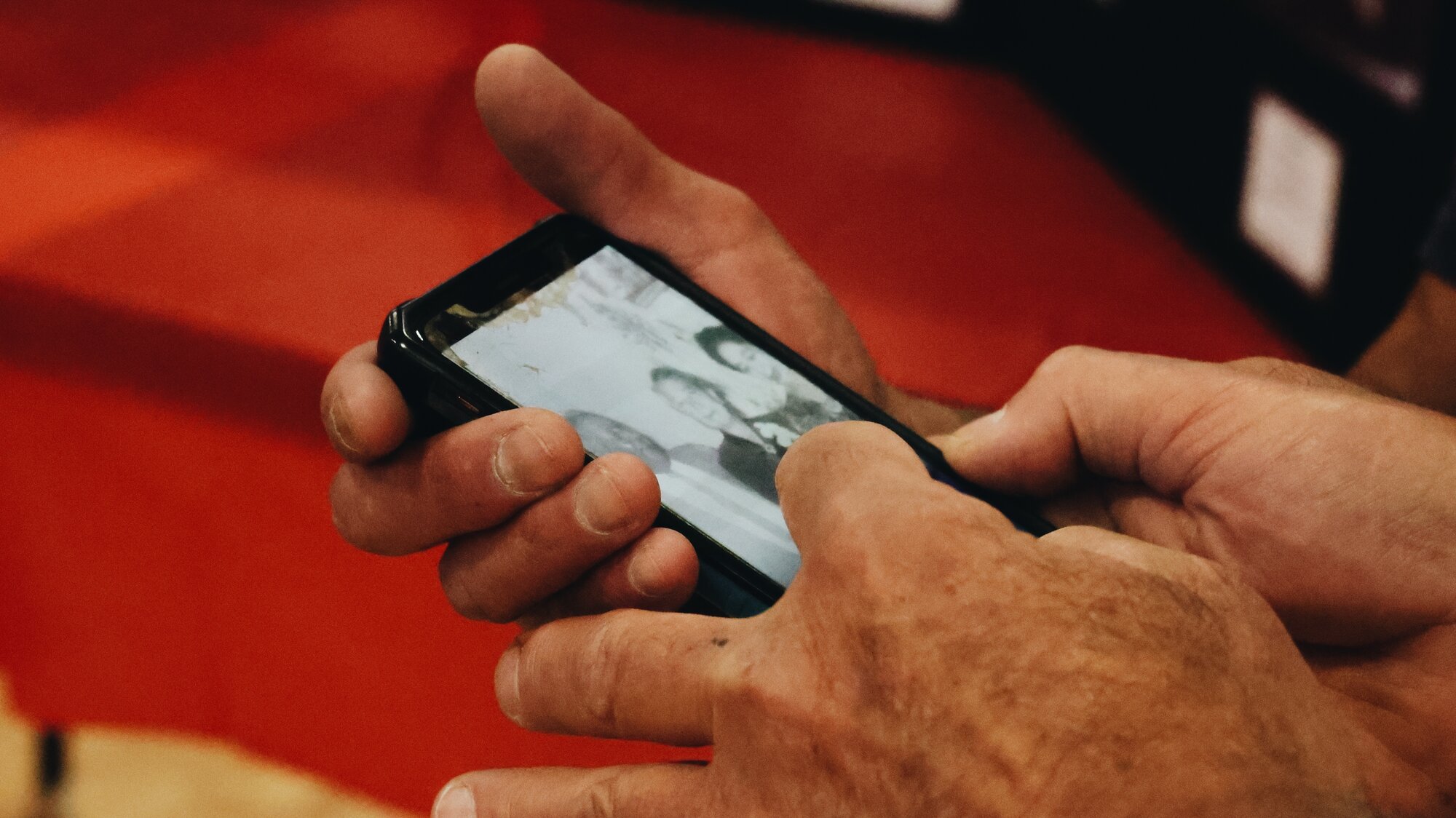
Sandoval shares a love of old photographs.
“Everybody always tells me I'm so blessed to have all these pictures,” Sandoval said. Growing up, his mother kept them in a suitcase under the stairs in the basement. “Once a year, my mom would pull that suitcase out, and we'd go through pictures, and she would tell me who these people were. I would ask her questions. And I think that really sparked my interest.”
He believes it is also his destiny. “There's a saying that your ancestors choose somebody to carry on the genealogy,” he said. “I think I was the chosen one to carry this on. What I've learned is that our history is so rich — and that I get to carry it on. It's my passion.”
Sandoval is founder of the Facebook page Early Hispano Families of Huerfano County. His family settled in nearby Chama and Redwing. “The Facebook group started out just to share pictures and genealogy, but then we had a lot of people asking questions who were lacking in the knowledge,” he said.
That’s when Sandoval stepped in to support, providing research documents, photos, and contact information to site users.
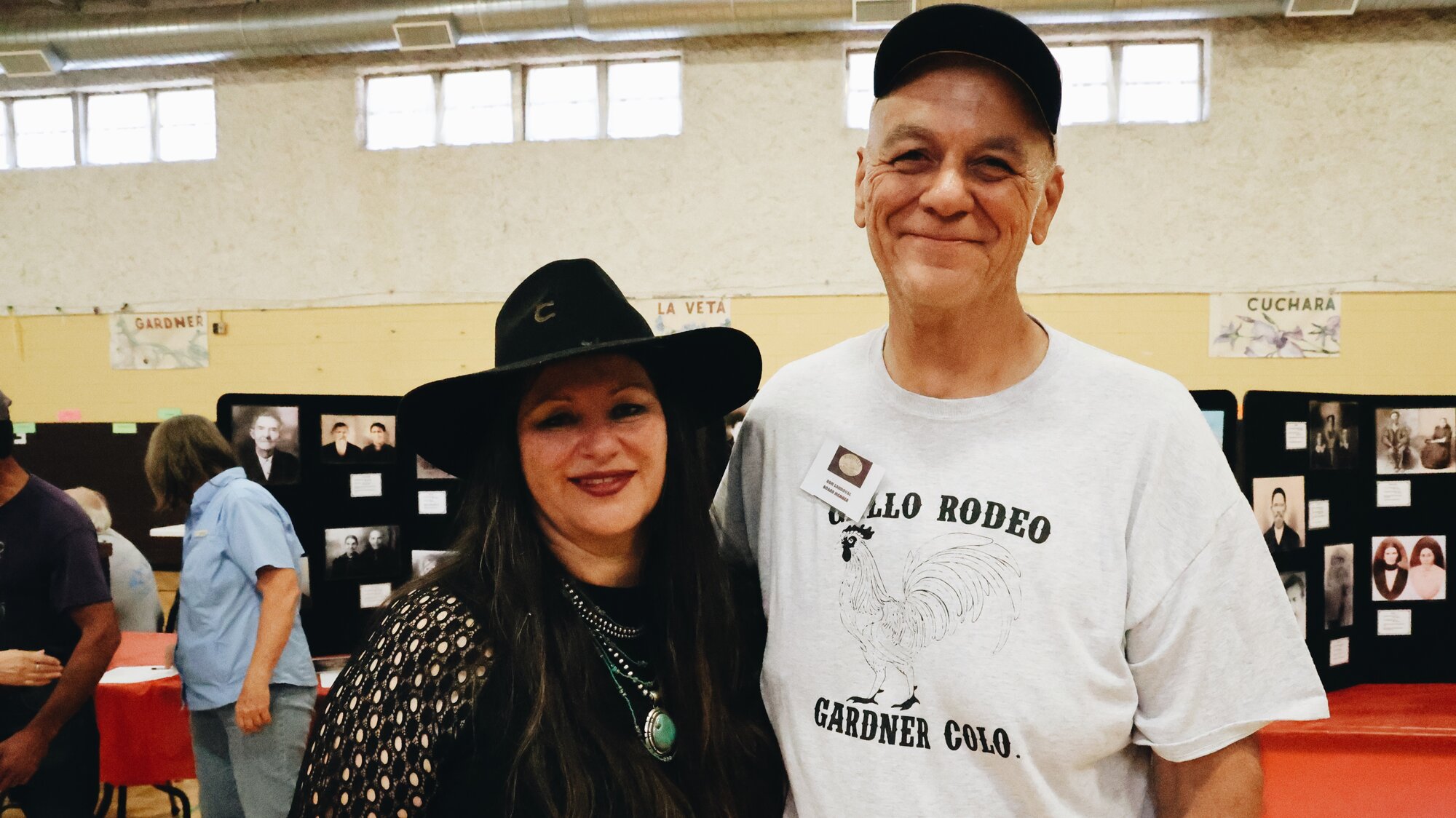
Cousins Jozette Sandoval and Ron Sandoval.
Sandoval’s ancestors settled the Upper Valley, he said, beginning around 1869. They came from Albuquerque, Ojo Caliente, Taos, other areas of New Mexico, and the Santa Clara Indian Reservation in Mexico, he said. He’s been able to trace relatives back to 1500s Spanish migration. Sandoval, who was born, raised, and lives in Pueblo, draws from this rich history while dedicating his efforts to cultural preservation.
“To do a pictorial archive seemed like the best way to start,” he said of sharing the photos and information with the public. The two-sided display took up three eight-foot tables — and the collection only scratches the surface, Sandoval said. After a weekend of networking, he said, the group is eager to expand the collection.
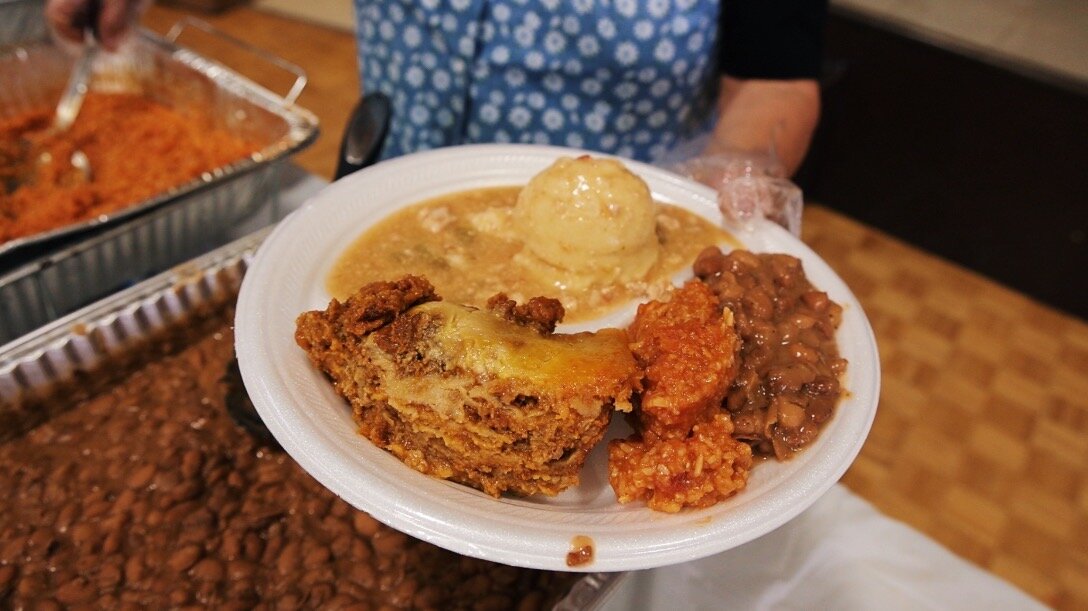
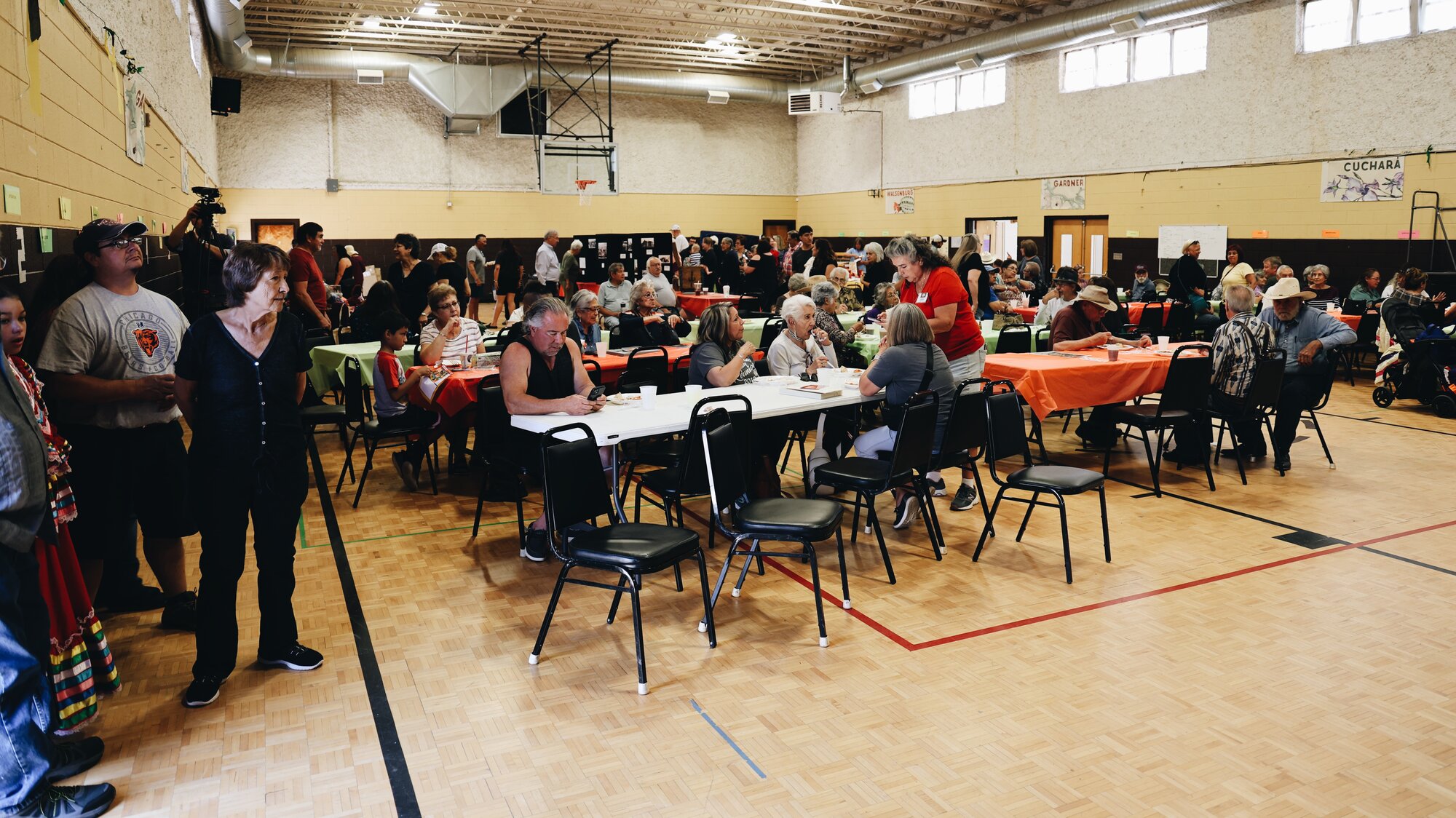
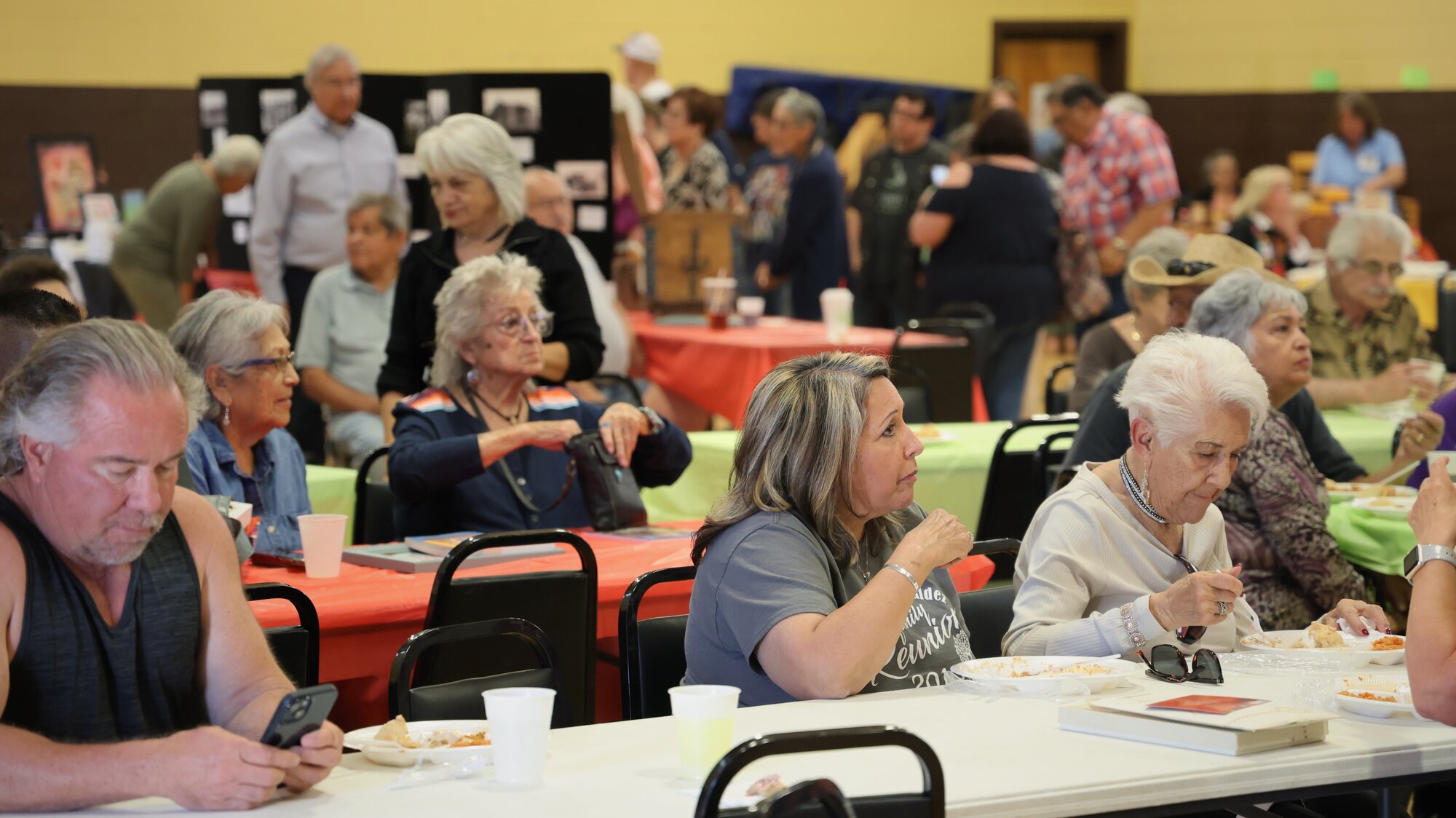
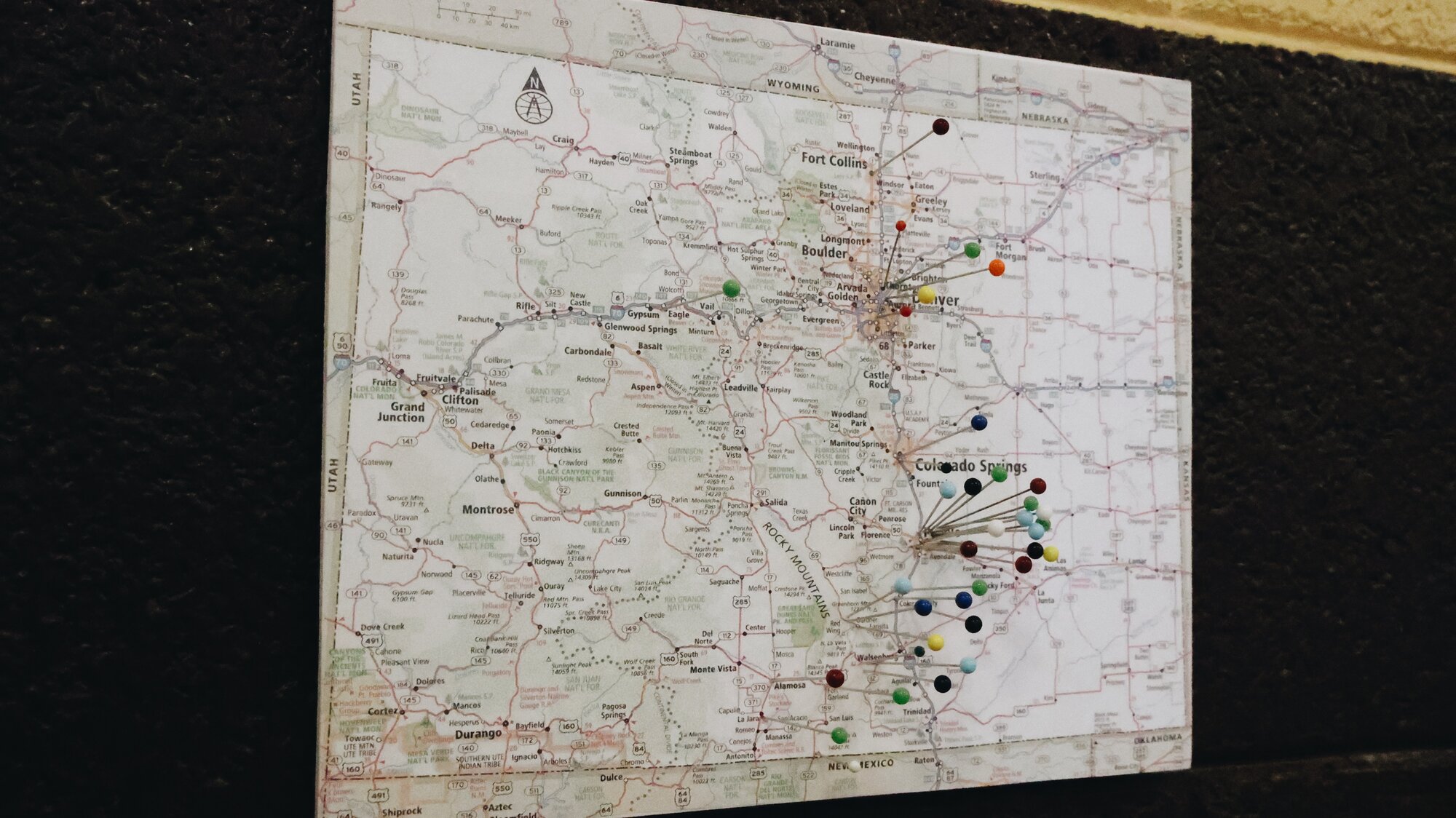
The events were supported by Huajatolla Heritage Foundation, Early Founding Hispano Families of Huerfano County Project, Huerfano County Historical Society, RedLine Arts in Society, Warm Cookies of the Revolution, and Huerfano County Commissioners.
For more news and information from Colorado’s communities, sign up for the Rocky Mountain PBS weekly newsletter here.
Kate Perdoni is Interim Content Co-Director at Rocky Mountain PBS and can be reached at kateperdoni@rmpbs.org.